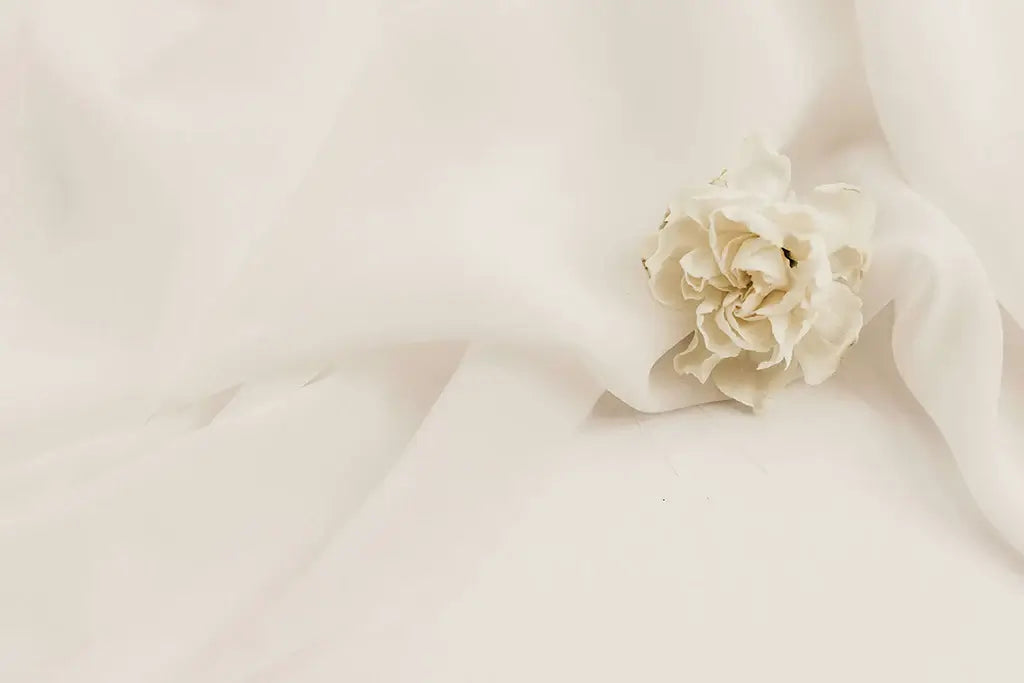

Amongst a myriad of sleepwear choices, the silk or satin robe reigns supreme for its elegance, comfort, and luxury. Whether as leisure loungewear or a lavish gift, a silk or satin robe is an essential fashion accessory.
What Are The Benefits of Silk Robes?
1: Comfort
One of the standout features of a silk robe is its comfort. Silk, being a natural protein fiber, offers a soft and smooth touch, akin to a gentle embrace. Its breathability ensures cool and comfortable wear, making it ideal for warm weather.
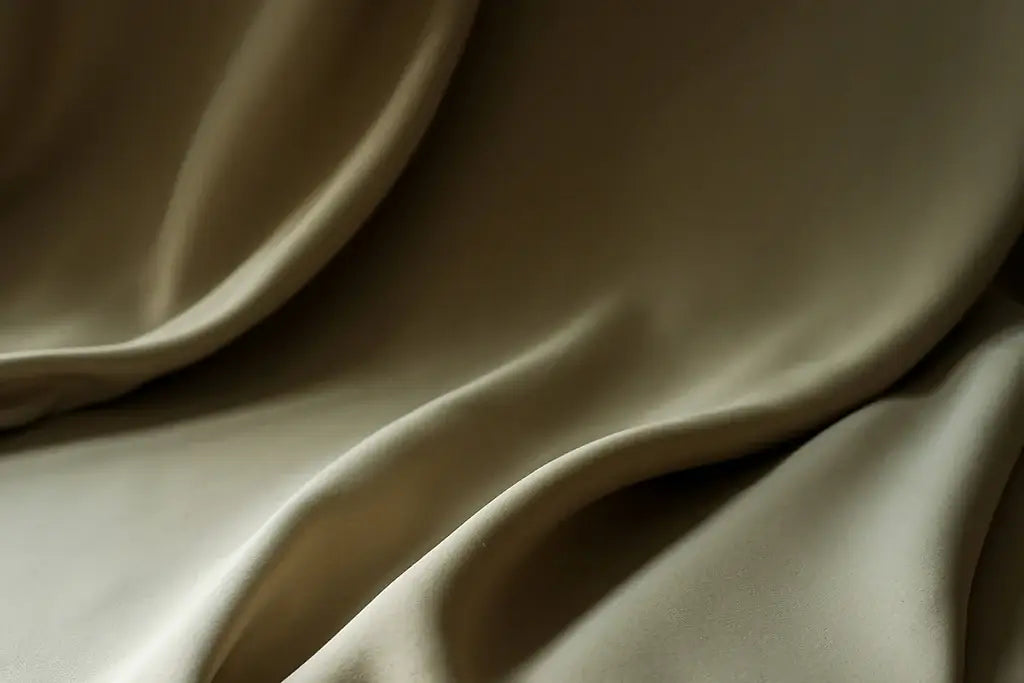
2: Elegance and Luxury
A silk robe is renowned for its sophistication and opulence. The luster and silky texture bring a five-star hotel experience right into your home. Often designed with a minimalist yet refined style, silk robes may feature intricate details that add an air of luxury to your everyday life.
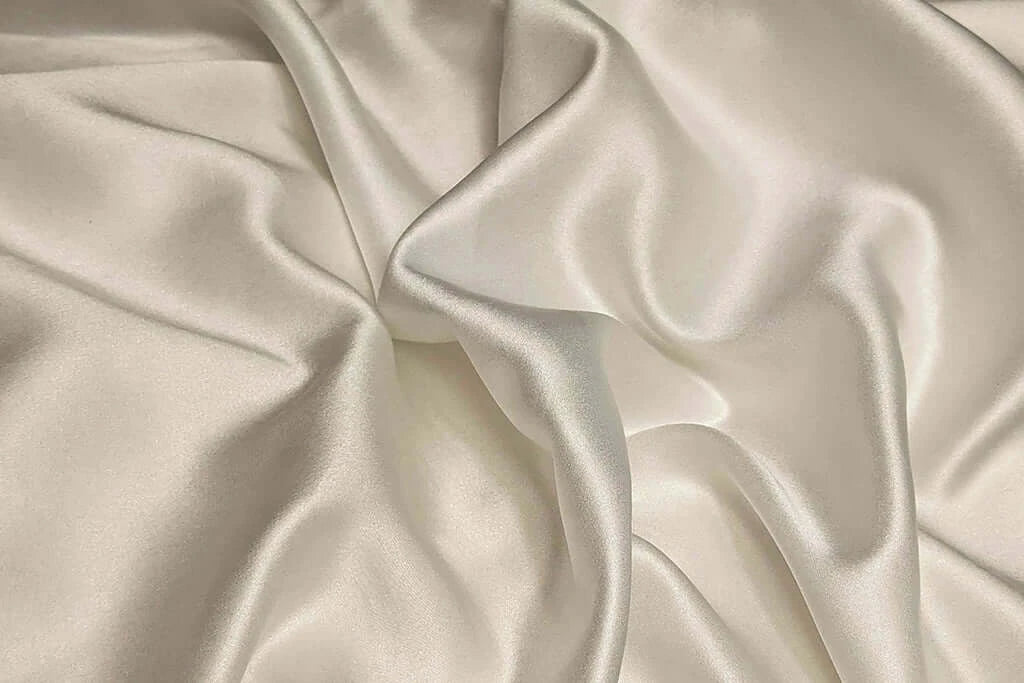
3: Skincare Benefits
Silk is skin-friendly, hypoallergenic, and non-irritating, making it gentle on the skin, preventing allergies, or dryness. Unlike other fabrics, silk does not absorb facial skincare products, helping to maintain skin moisture and smoothness. With a silk robe, you can indulge in self-care with ease, ensuring a soft and supple complexion.
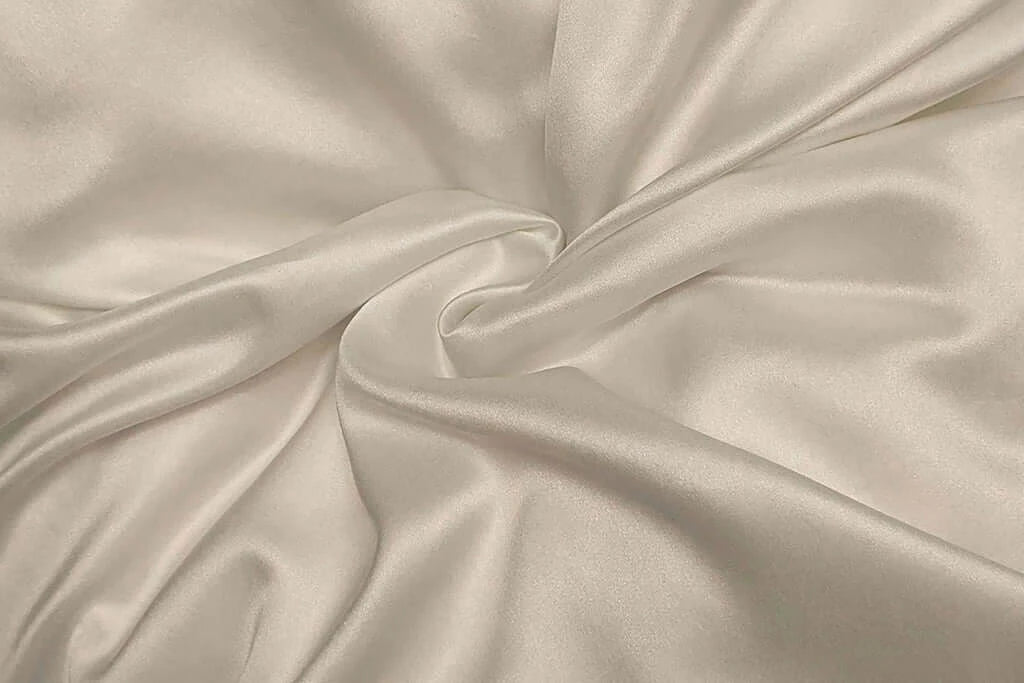
What Is The Difference Between Satin Robes and Silk Robes?
1. Fiber Source
Silk Robe: Silk is a natural fiber obtained from the silkworm's cocoon, specifically the fibers produced by the silkworm during its metamorphosis stage. It is a protein-based fiber known for its softness, smoothness, and natural sheen.
Satin Robe: Satin is not a specific fiber but a type of weave. It can be made from various materials, including silk, polyester, nylon, or acetate. However, traditional satin is made from silk fibers, and it is often associated with luxury due to its smooth and shiny surface.

2. Weave Structure
Silk Robe: Silk fabric can be woven in various patterns, including plain weaves, twills, and satin weaves. Satin-weave silk has a distinctive structure that creates its smooth, lustrous surface.
Satin Robe: Satin fabric is characterized by its satin weave, which has a floating pattern of long, continuous yarns on the fabric's surface. This weave creates a smooth, glossy surface on one side and a duller surface on the other.

3. Appearance and Texture
Silk Robe: Silk fabric has a naturally soft and luxurious feel. It has a subtle sheen and drapes beautifully, making it ideal for elegant garments and formal wear.
Satin Robe: Satin fabric has a high-gloss surface on one side, known as the "face" or "right" side, and a matte surface on the reverse side. The shiny side of satin gives it an opulent appearance, making it popular for eveningwear, lingerie, and decorative purposes.

4. Durability and Care
Silk Robe: Silk is a delicate and luxurious fabric that requires special care. It is susceptible to damage from sunlight, water, and friction. Silk garments should typically be dry-cleaned or gently hand washed to maintain their quality.
Satin Robe: Satin made from synthetic fibers like polyester is more durable and easier to care for compared to silk. It is often machine washable and resistant to wrinkling and fading.
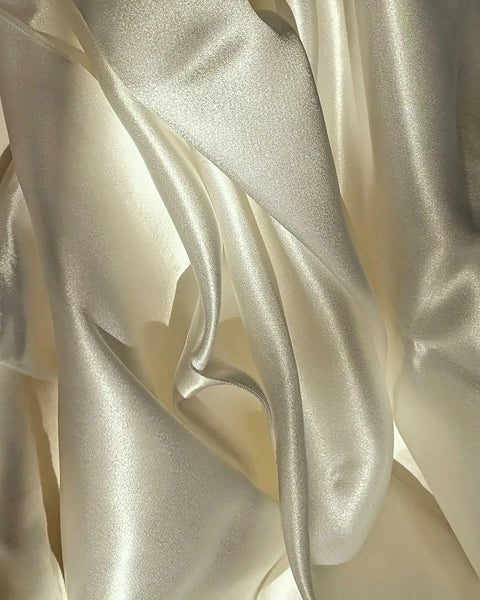

5. Cost
Silk Robe: Silk is generally more expensive than satin made from synthetic materials due to the labor-intensive process of obtaining silk fibers from silkworms.
Satin Robe: Satin made from synthetic fibers is more affordable and widely available, making it an accessible option for those seeking the satin look without the higher cost of silk.
Silk is a natural fiber derived from silkworms, whereas satin is a type of weave that can be made from various materials, including silk. Silk has a soft, luxurious feel with a subtle sheen, while satin's characteristic smooth and shiny surface comes from its satin weave. Both fabrics are prized for their elegance and are commonly used in fashion, lingerie, and home decor.


